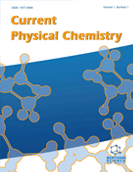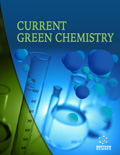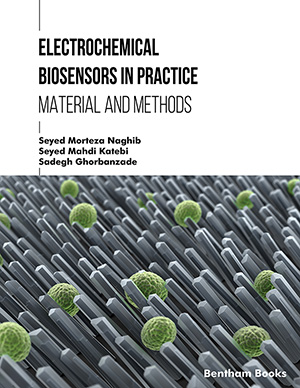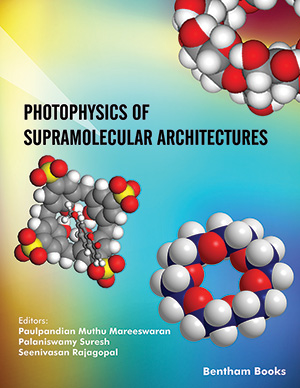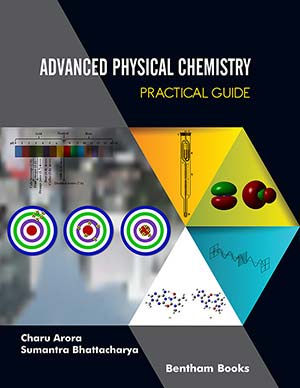Abstract
Introduction: Remdesivir for injection is a Gilead Sciences manufactured drug product approved by the FDA to treat COVID-19. One of the critical attributes of this drug product, which is lyophilized, is its water moisture content. The current method used to determine the water content of remdesivir is the Karl Fischer titration method. The Karl Fischer method is considered the gold standard for determining the residual water moisture content of lyophilized drug products in the pharmaceutical industry. However, it is timeconsuming, can at times be sensitive to difficult-to-control techniques, and most importantly is destructive. The purpose of this study was to create a non-destructive residual water moisture determination method using FT-NIR.
Methods: Three FT-NIR methods were proposed as a non-destructive alternative to Karl Fischer method: partial least squares regression, Beer’s law and area under the curve, and Beer’s law and peak height. Results were statistically validated using RMSEC, RMSEP, and R2, and the percent differences of predicted and accepted residual moisture values were compared with external validation vials.
Results: Results showed that the partial least squares regression method produced a 0.999 correlation coefficient and a 95% performance index score, highlighting the accuracy between the actual Karl Fischer moisture values and the predicted FT-NIR moisture values. The Beer’s law methods produced acceptable correlation coefficients of 0.996 and 0.982 for the peak area and height, respectively, but comparisons between the actual and predicted values were not as closely matched as the partial least squares method.
Conclusion: Our results support the use of a non-destructive partial least squares FT-NIRbased moisture contest method, which is a useful alternative to the destructive Karl Fischer method for determining residual water moisture of lyophilized drug products. Only an FTNIR instrument and chemometric statistical software along with the appropriately trained/educated analysts, and routine Karl Fischer instrumentation to measure/determine moisture content values of either water spiked or lyo-thieved and normal lyophilized samples are required.
Keywords: Residual water moisture, Karl Fischer method, FT-NIR, partial least squares, lyophilized drug products, Beer’s law, area under the curve, peak height.
[http://dx.doi.org/10.1155/2012/379724] [PMID: 22567558]
[http://dx.doi.org/10.1016/S0731-7085(97)00216-1] [PMID: 9656158]
[http://dx.doi.org/10.1016/j.jpba.2012.06.043] [PMID: 22824636]
[http://dx.doi.org/10.1016/j.jpba.2007.02.013] [PMID: 17391888]
[http://dx.doi.org/10.1016/j.aca.2008.12.031] [PMID: 19427475]
[http://dx.doi.org/10.1016/j.trac.2009.07.007]
[http://dx.doi.org/10.1016/j.jpba.2007.11.011] [PMID: 18162356]
[http://dx.doi.org/10.1002/wics.51]
[http://dx.doi.org/10.1016/j.xphs.2019.08.028] [PMID: 31499067]
[http://dx.doi.org/10.1016/j.chroma.2010.04.039] [PMID: 20462587]
[http://dx.doi.org/10.5650/jos.ess20078] [PMID: 33055436]
[http://dx.doi.org/10.3390/ma11040586] [PMID: 29641451]
[http://dx.doi.org/10.1007/s11095-020-02787-y] [PMID: 32318827]
[http://dx.doi.org/10.1155/2021/9986940]
[http://dx.doi.org/10.5650/jos.ess19118] [PMID: 31695015]
[http://dx.doi.org/10.1366/000370208786049097] [PMID: 18926026]
[http://dx.doi.org/10.5851/kosfa.2019.e88]
[http://dx.doi.org/10.1016/j.biosystemseng.2006.11.014]
[http://dx.doi.org/10.1016/j.saa.2019.01.059] [PMID: 30684883]
[http://dx.doi.org/10.1255/jnirs.204]
[http://dx.doi.org/10.1088/0031-9155/55/12/008] [PMID: 20505221]
[http://dx.doi.org/10.1007/s00180-022-01228-1]
[http://dx.doi.org/10.1016/S0301-4770(08)70087-3]


